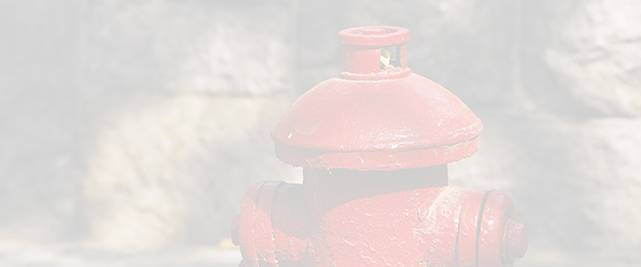FIRE EQUIPMENT
-
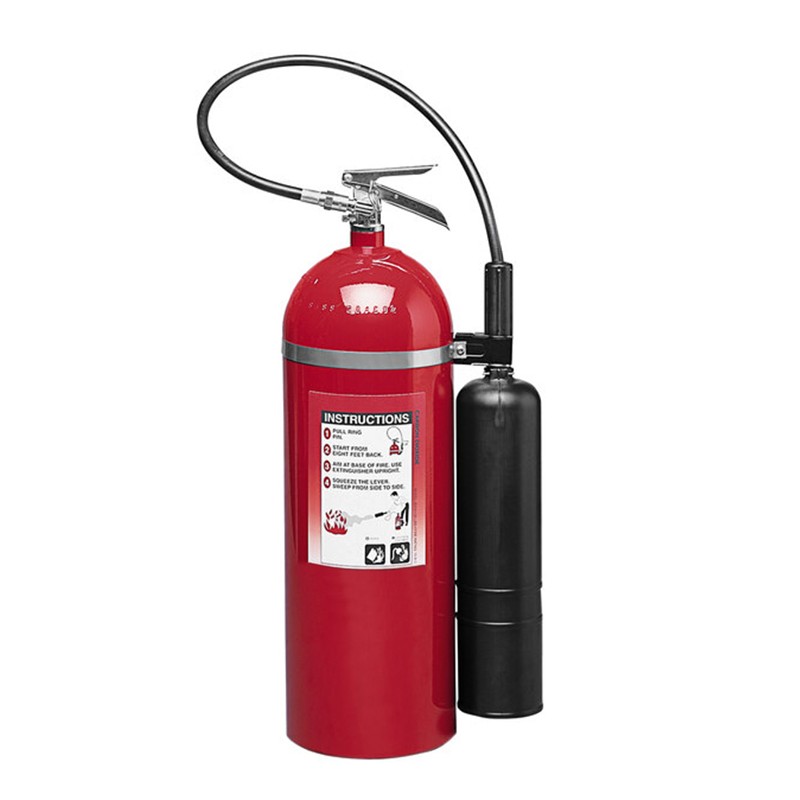
UL 20LB 9KGS Rust Carbon Dioxide Fire Extinguisher
-
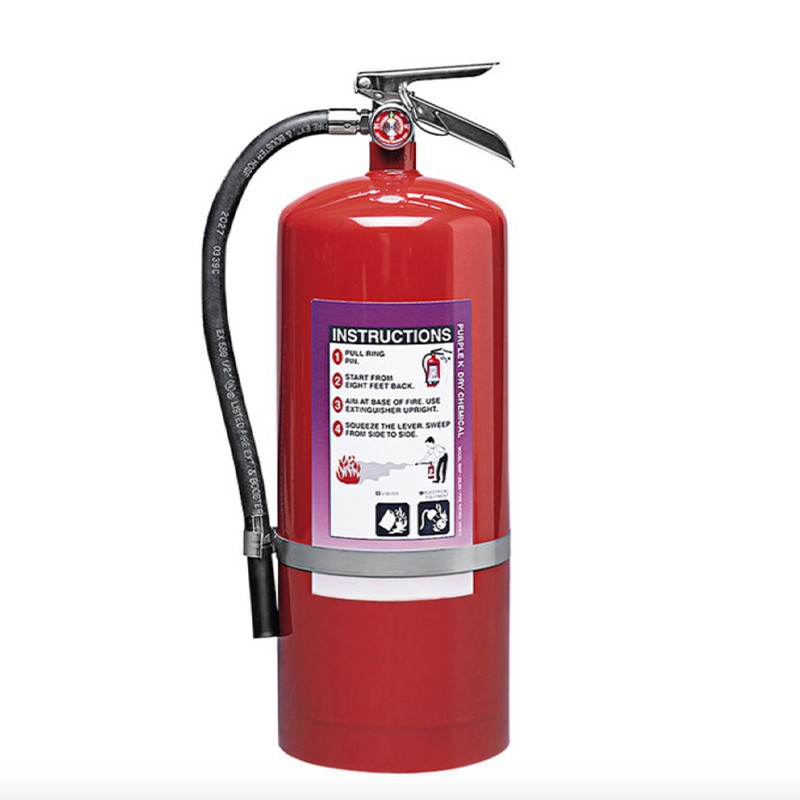
UL 20LB 9KGS ABC Portable Dry Powder Extinguisher
-
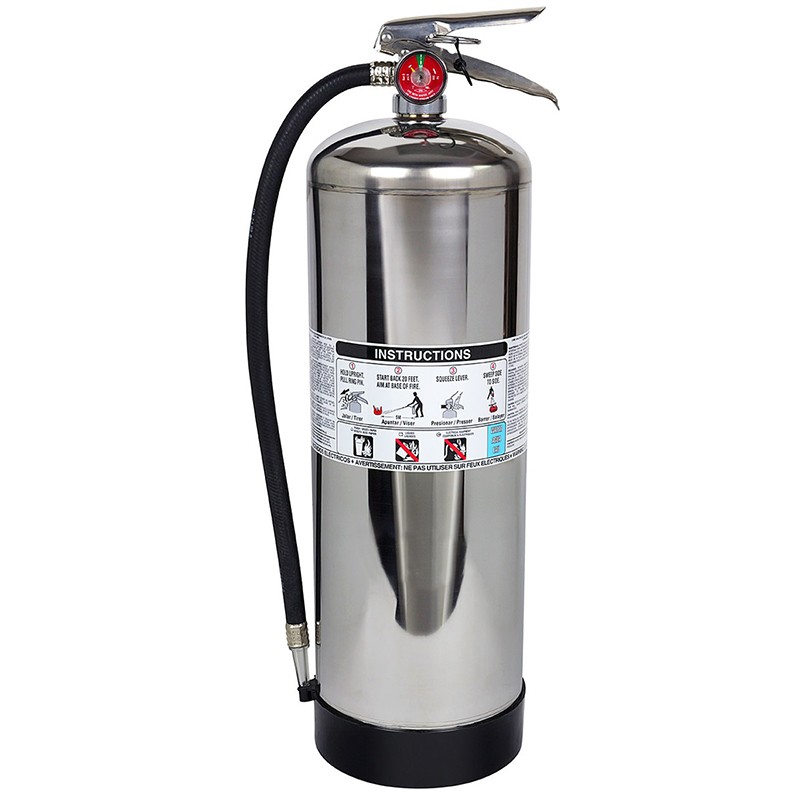
Portable stainless steel 6L Water Mist Foam Fire Extinguisher
-
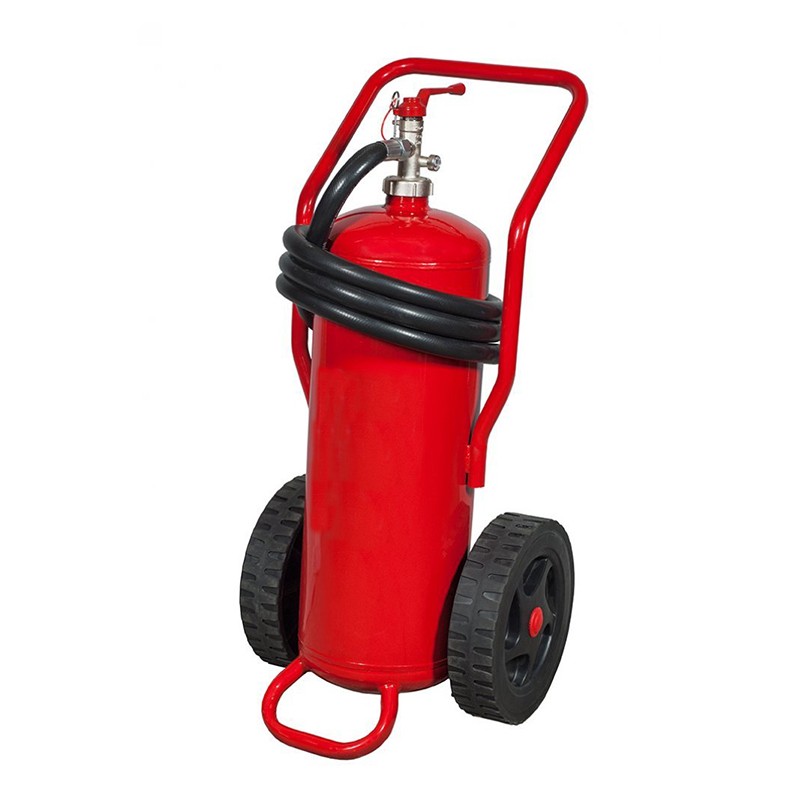
Portable 25L Water Mist Foam Fire Extinguisher
-
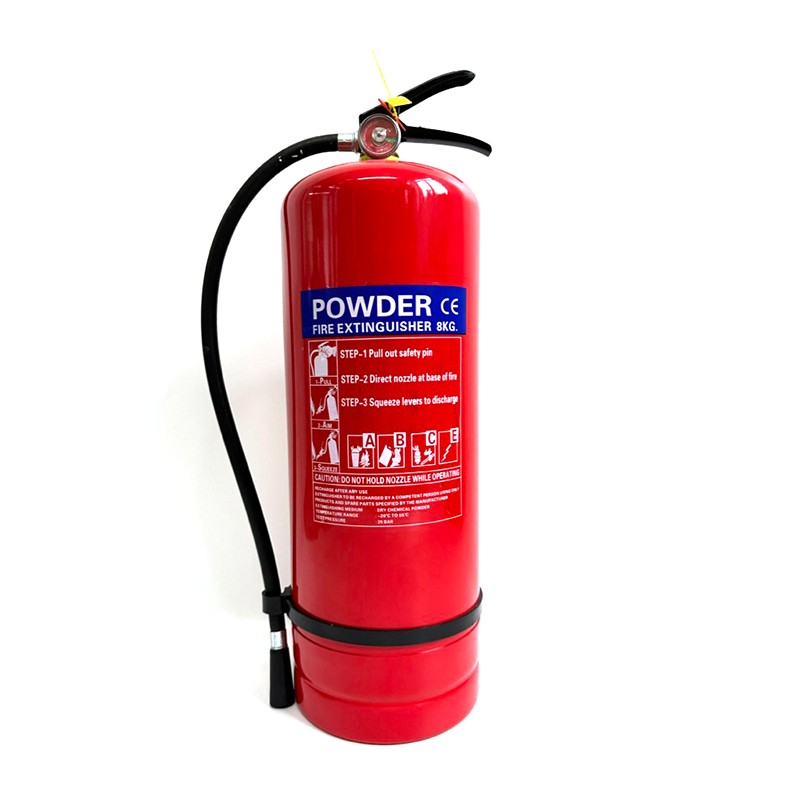
6kgs ISO and CE Standards ABC Portable Dry Powder Extinguisher
-
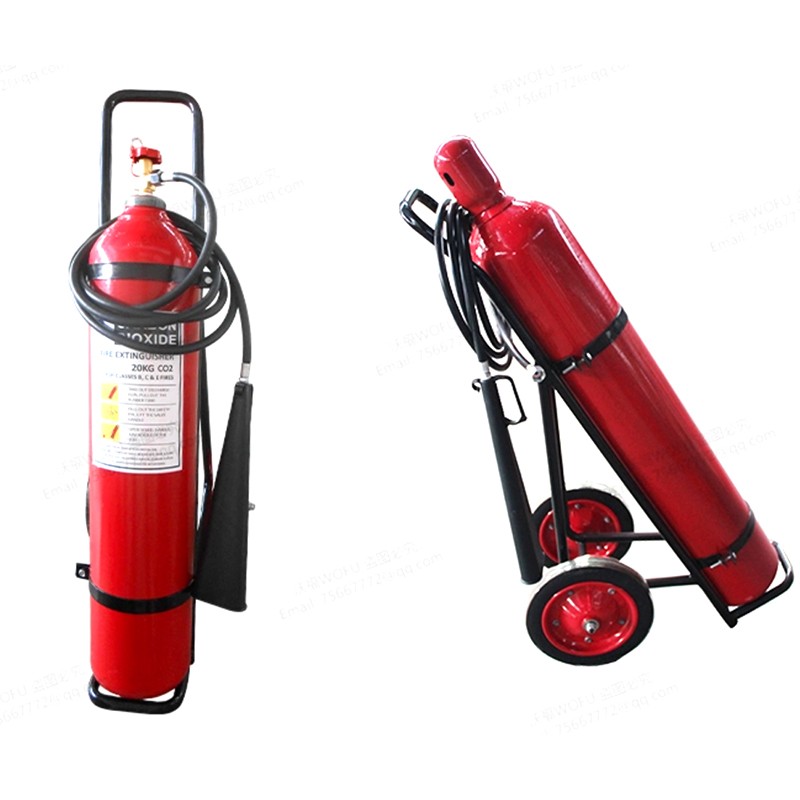
Portable Carbon_Alloy 12KGS CO2 Carbon Dioxide Fire Extinguisher
-
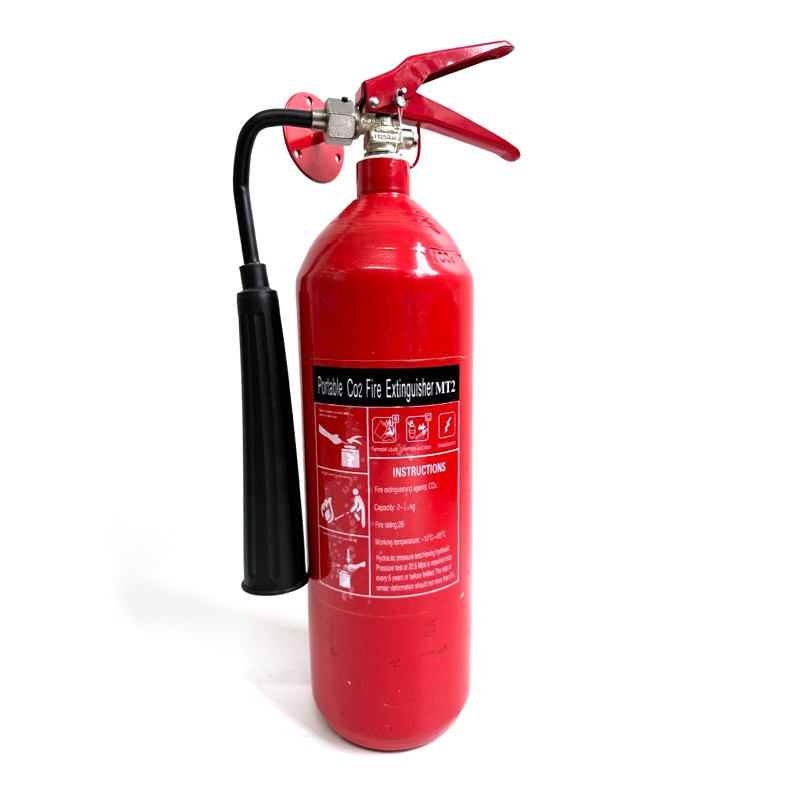
Portable Carbon_Alloy 2.3KGS CO2 Carbon Dioxide Fire Extinguisher
-
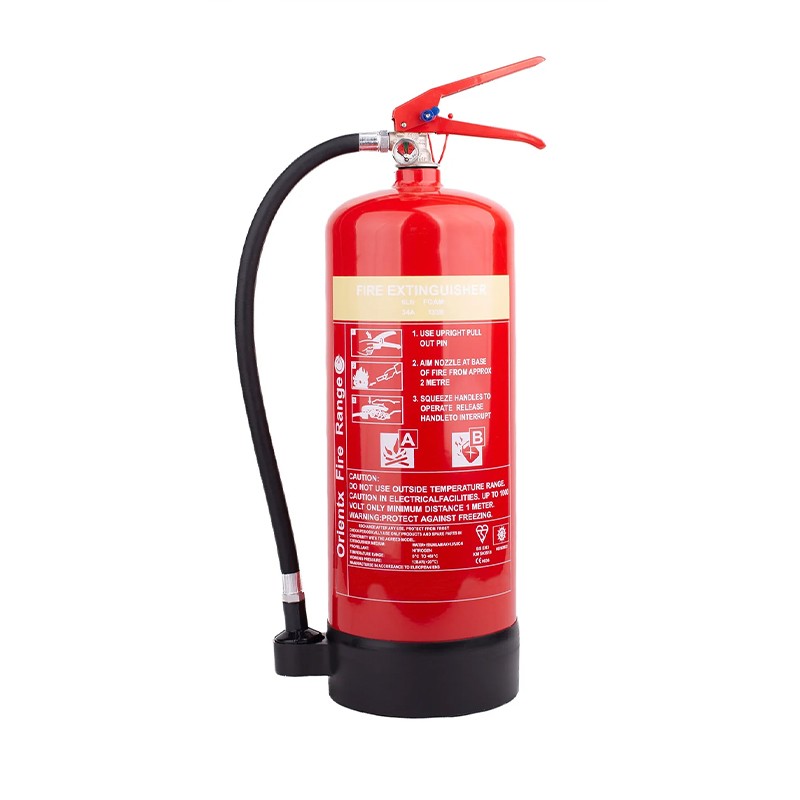
BSI EN3-7 AFF N2 6L Foam Fire Extinguisher
For inquiries about our products or pricelist,please leave to us and we will be in touch with in 24 hours.




